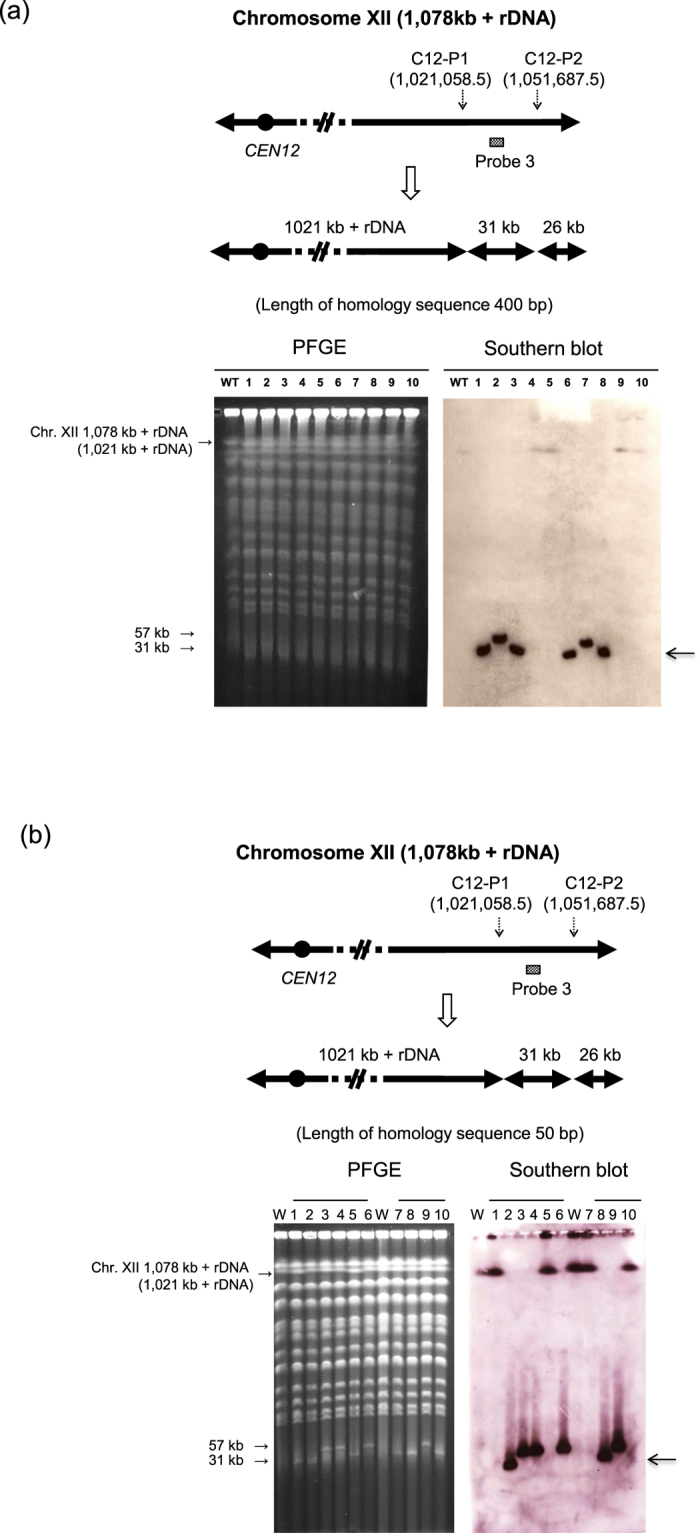Figure 2. One step mini-chromosome construction by CRISPR-PCS.

(a) One step mini-chromosome construction using CRISPR-PCS. The chromosomal region between C12-P1 and C12-P2 of Chr. XII was targeted to form a mini-chromosome. A 400 bp homology sequence was used in the splitting modules. The splitting modules of C12-P1 and C12-P2 were marked with CgHIS3 and CgLEU2, respectively. Left panel, PFGE analysis of wild type FY834-Cas9 and 10 randomly chosen transformants. Right panel, Southern blot analysis after PFGE using probe 3 for detection of newly generated 31 kb mini-chromosome. The arrow beside the right panel represents the 31 kb expected mini-chromosome (lane 1, 3, 6, and 8). The 57 kb band in lane 2 and 7 show these strains have only one split at C12-P1. (b) One step mini-chromosome construction using CRISPR-PCS under the same experimental conditions as above except for use of a 50 bp homology sequence in the splitting module. The splitting modules of C12-P1 and C12-P2 were marked with CgHIS3 and CgLEU2, respectively. The arrow beside the right panel represents the 31 kb expected mini-chromosome. The expected mini-chromosome was constructed in two strains (Lane 2 and 8). Four strains are shown to have single splitting at C12-P1 (Lane 3, 4, 6, and 9). Four strains are shown to have single splitting at C12-P2 (Lane 1, 5, 7, and 10). W. Wild type.
